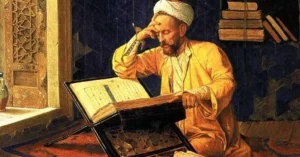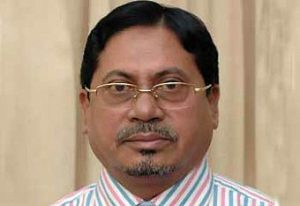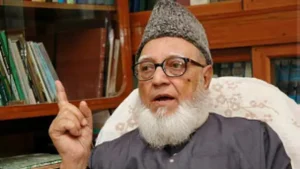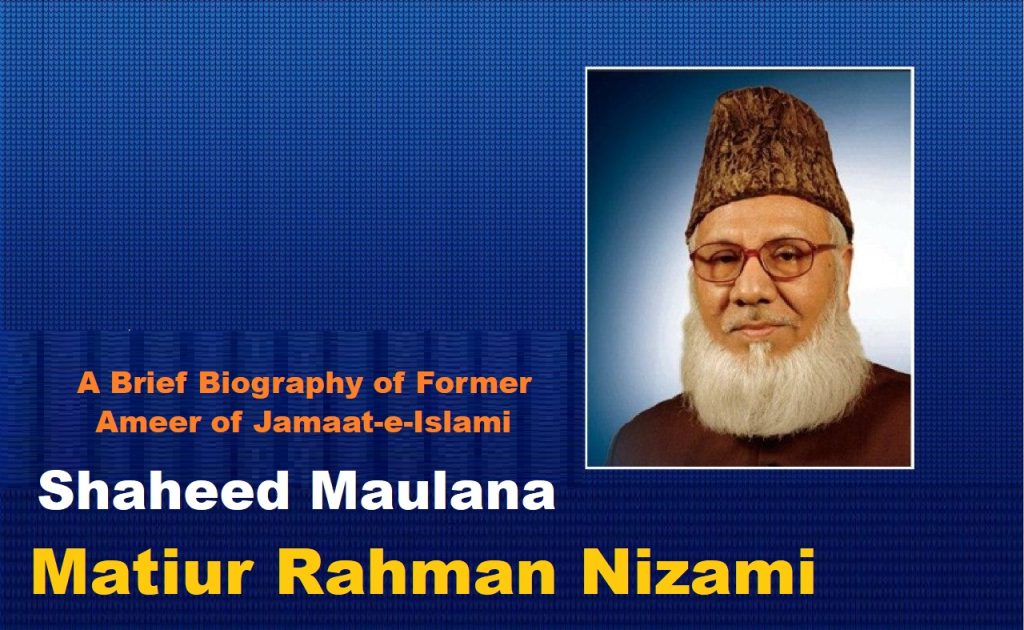
Shaheed Maulana Matiur Rahman Nizami
The Beginning of the Trial: Political Context
After the military-backed illegal caretaker government seized power in January 2007, it launched a targeted campaign to suppress Islamic political leadership. As part of this effort, security forces arrested Maulana Nizami on the night of May 18, 2008, in connection with the GATCO corruption case.
Though the court granted him bail and he secured release on July 15, authorities rearrested him on November 10 when he voluntarily appeared before the court in the Barapukuria coal mine case. The court denied bail and sent him to prison. After six days, on November 16, the High Court granted bail, and he walked free once again.
Awami League’s Return to Power and the Repression Blueprint
On December 29, 2008, the Awami League-led Grand Alliance returned to power through a highly controversial election, plagued by restricted opposition participation and a questionable Election Commission.
Soon after taking office, the ruling party began executing a pre-planned anti-Islamic agenda. As part of this strategy, on June 29, 2010, law enforcement rearrested Maulana Nizami under the baseless allegation of “hurting religious sentiments.”
Authorities eventually slapped nine fabricated cases against him—most of which clearly lacked legal merit and carried heavy political motivation. Investigators took him into remand for 24 days, where he reportedly suffered intense psychological pressure and possibly physical abuse. The government used state machinery to persecute a respected scholar and senior leader without due process or accountability.
Allegations of War Crimes – A Tool of Political Vengeance
Even after he secured bail in all the other cases, the government showed clear political malice by arresting him yet again on August 2, 2010, this time under allegations of so-called war crimes during the 1971 Liberation War.
Yet the facts tell a different story:
- No one filed any complaint, GD, or war crimes case against him in the years immediately following independence.
- From 1992 to 1996, Sheikh Hasina’s Awami League collaborated with Jamaat-e-Islami under Nizami’s leadership in joint opposition movements.
- The very leaders who once called him a “patriot” now branded him a “war criminal”—simply for being in the political opposition.
This sudden shift in narrative exposed the deeply political nature of the charges.
International Reactions and the Cry for Justice
Legal experts, human rights organizations, the United Nations, Islamic scholars, and even Western media condemned the trial. They termed the verdict as “a mockery of justice.”
“This is not justice, this is a judicial killing motivated by political vengeance.”
— International Law Expert, Geneva, 2015
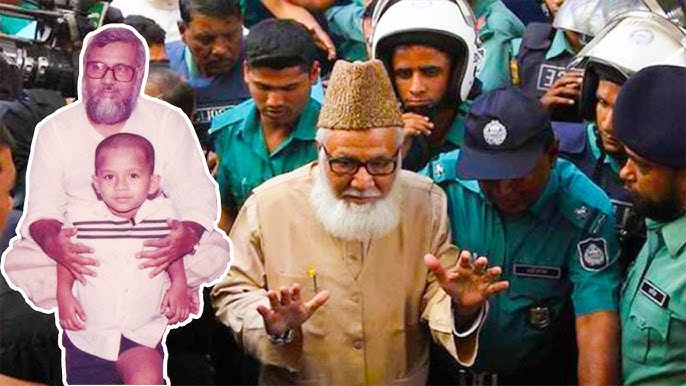
Demonstrations, protests, and prayer gatherings took place in over 50 countries worldwide in solidarity with Maulana Nizami. His execution is widely viewed as part of a broader Indian-backed strategy to eliminate Islamic political forces in Bangladesh.
The Execution and Assault on the Islamic Movement
On the night of May 11, 2016, at 12:10 AM, Maulana Nizami was executed by hanging at Kashimpur Jail. The evidence and testimonies presented against him in court were largely unsubstantiated and controversial.
Analysts regard this as:
- A premeditated assassination aimed at destroying Islamic politics in Bangladesh,
- State persecution of a prominent religious and political figure,
- A tragic blow to democracy and freedom of expression.

